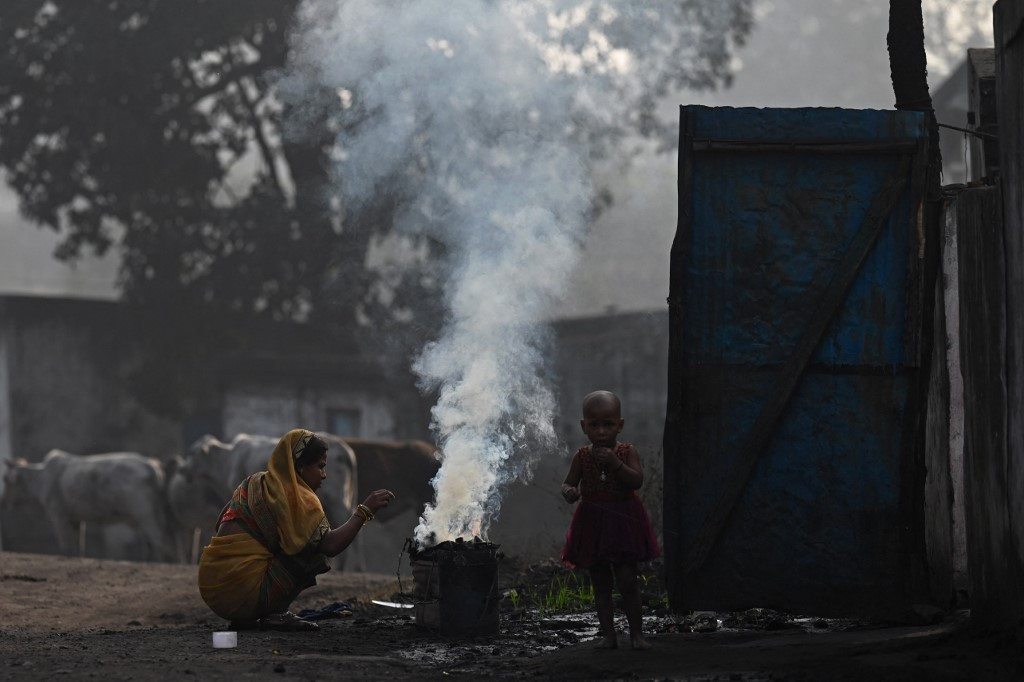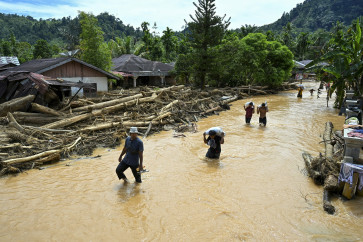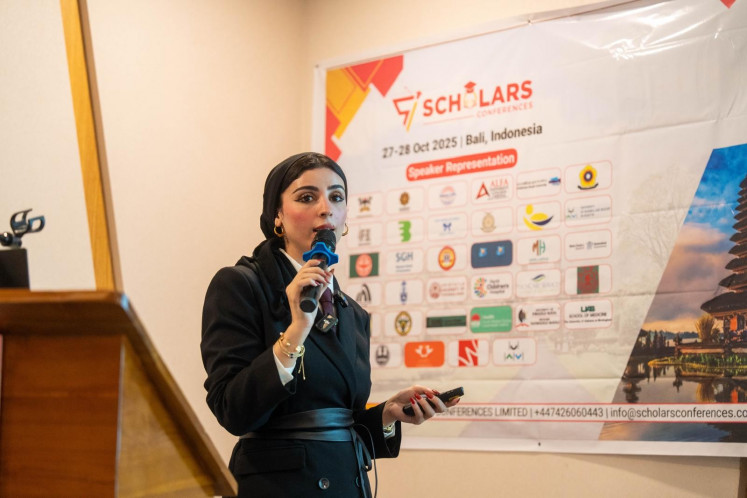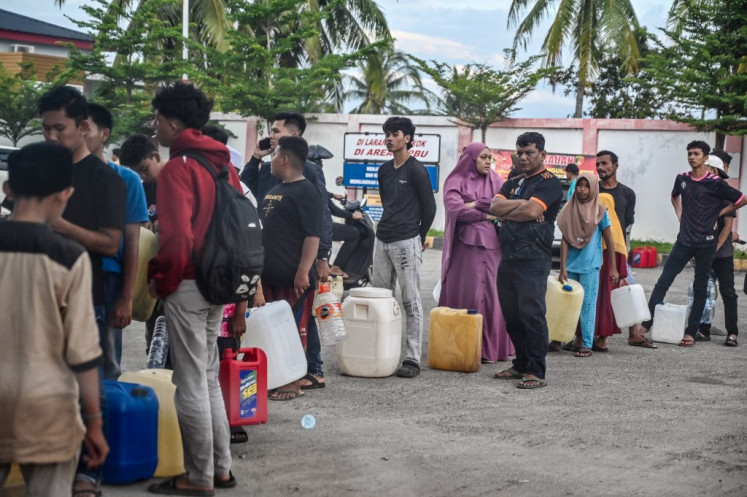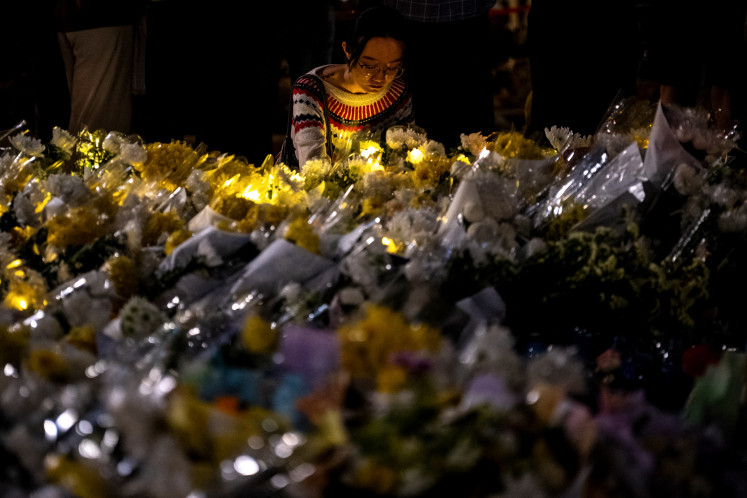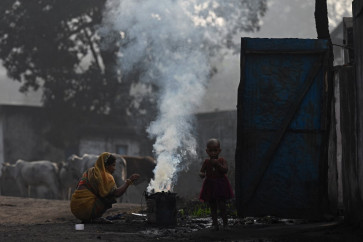Popular Reads
Top Results
Can't find what you're looking for?
View all search resultsPopular Reads
Top Results
Can't find what you're looking for?
View all search resultsPurity or power: India's coal quandary
As Asia's third-biggest economy grows, India's hunger for coal is mounting, with aspirational middle classes needing electricity to run their air conditioners and refrigerators.
Change text size
Gift Premium Articles
to Anyone
T
hick grey dust hangs in the air and vast chasms are gouged into the land in the Indian coal hub of Singrauli, where giant machines scoop up dirty fuel to power the country's growth while worsening its pollution blight.
The open-cast mines of Singrauli epitomise the economic and environmental dilemma faced by the world's second-most populous nation, which led the opposition to phasing out coal at this month's COP26 climate summit in Glasgow.
India's resistance on the issue is driven by its desire to distribute the benefits of development more widely among its 1.3 billion people, some of whom still have no access to electricity.
But it comes at a heavy price.
In Singrauli, home to more than a dozen mines and coal-fired power stations, dark soot covers trees, houses, cars and even cows.
In scenes reminiscent of a dystopian movie, sticky sludge lines the roads, while trucks, trains and ropeway cars carry huge mounds of coal and spill black dust on passers-by.
Residents have little choice but to breathe in the acrid air that stings the eyes and throats.

